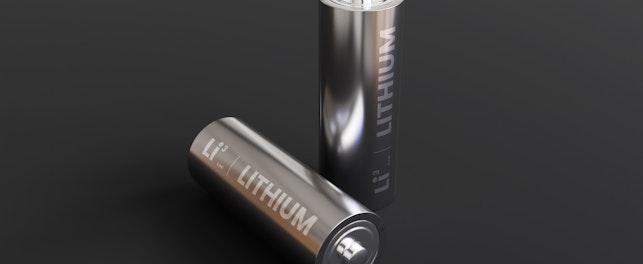The Belgian FPS has published a Royal Decree on food contact varnishes and coatings. The new law enters into force on January 1, 2017.
In October 2016, the Belgian Federal Public Service (FPS) [1] Health, Food Chain Safety and Environment published Royal Decree of September 25, 2016 relating to food contact varnishes and coatings [2].
According to the definitions in the Decree, varnishes and coatings (collectively known as varnish) are finished materials that are prepared essentially from organic materials and are applied to a substrate in the form of a film to create a protective layer and/or to impart certain technical properties.
The new law mirrors many of the provisions falling under Regulation (EU) 10/2011 [3] on ‘Food Contact Plastics’, including the use of authorized substances that are listed in Annex I, selection of simulants, testing conditions and migration limits. It is interesting to note that citric acid is used for the specific migration of varnishes on metal.
There are two effective dates:
January 1, 2017 for entry into force of the Royal Decree.
January 1, 2018 for verification compliance of specific migration in Article 8 of this Decree, unless migration tests obtained prior to the date of entry into force of this Decree are satisfied.
Table 1: Royal Decree of 25 September, 2016 concerning varnishes and coatings intended to come into contact with food
| Item | Parameter | Highlight |
|---|---|---|
| 1 | Scope |
|
| 2 | Monomers, additives and starting substances(Authorized substances) | Substances in Annex I to Regulation (EU) 10/2011 on ‘Food Contact Plastics’ may be used. Substances not in Annex I to Regulation (EU) 10/2011 may be used provided that:
|
| 3 | Food simulants |
|
| 4 | Global migration limit |
|
| 5 | Specific migration limit (SML) |
|
| 6 | Declaration of compliance (DOC) | According to Article 9 (Chapter 3 of Appendix) |
SGS technical experts have extensive knowledge and testing experience in materials and articles incontact with food. They work to ensure that your products meet the appropriate regulations for food contact materials and pave the way for compliance. From overall migration test to expert advices on emerging regulations and compliance issues and documentation review, SGS is the partner to trust. Please do not hesitate to contact us for further information or visit our website.
For enquiries, please contact:
Hingwo Tsang
Global Hardlines Information and Innovation Manager
Tel:(+852) 2774 7420
Stay on top of regulatory changes within your industry: subscribe to SafeGuardS!
© SGS Group Management SA - 2016 - All rights reserved - SGS is a registered trademark of SGS Group Management SA. This is a publication of SGS, except for 3rd parties’ contents submitted or licensed for use by SGS. SGS neither endorses nor disapproves said 3rd parties contents. This publication is intended to provide technical information and shall not be considered an exhaustive treatment of any subject treated. It is strictly educational and does not replace any legal requirements or applicable regulations. It is not intended to constitute consulting or professional advice. The information contained herein is provided “as is” and SGS does not warrant that it will be error-free or will meet any particular criteria of performance or quality. Do not quote or refer any information herein without SGS’s prior written consent.


